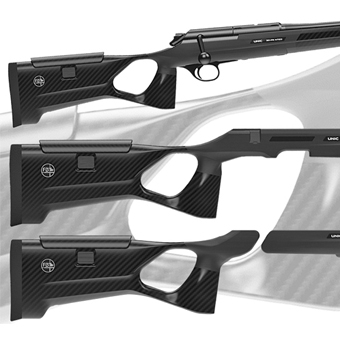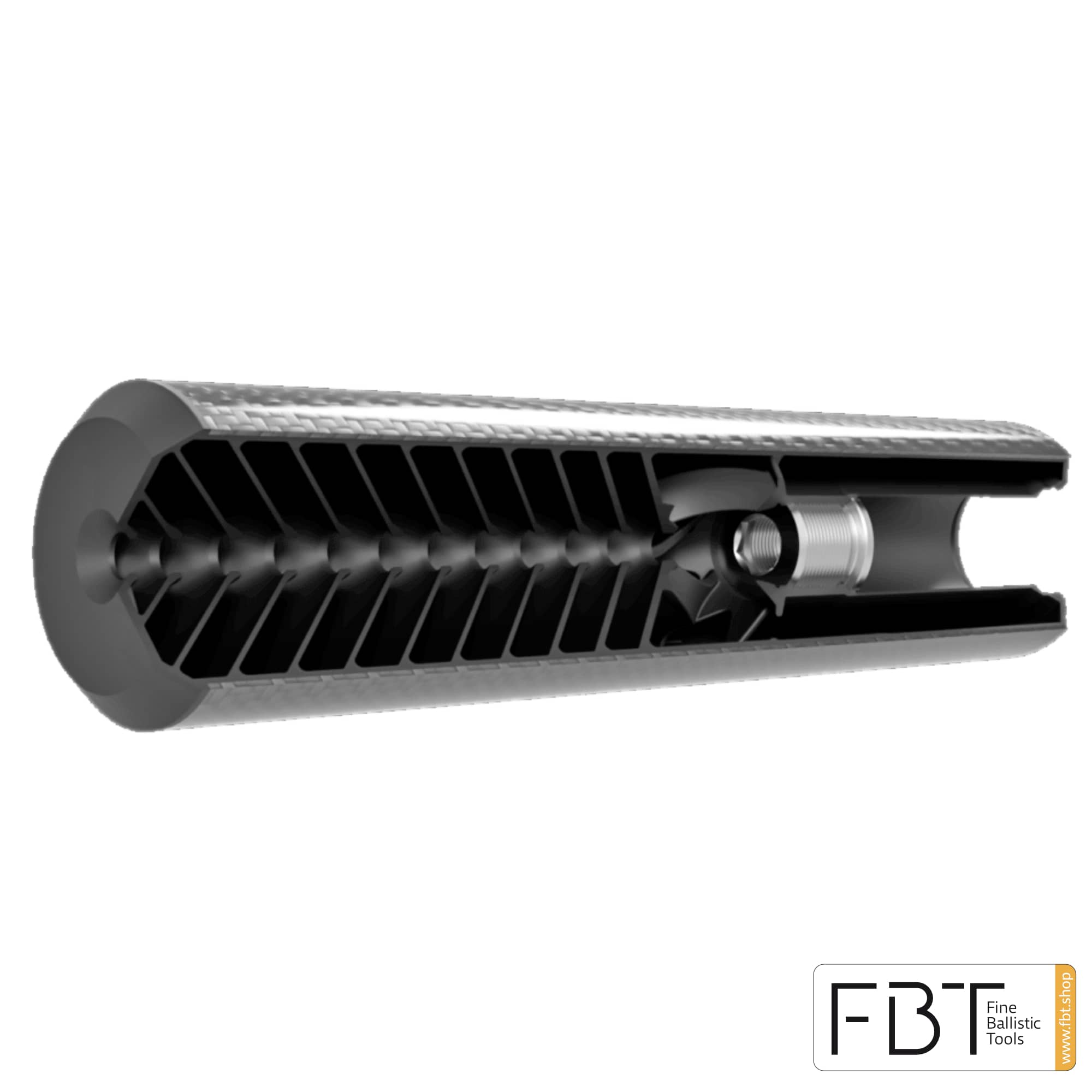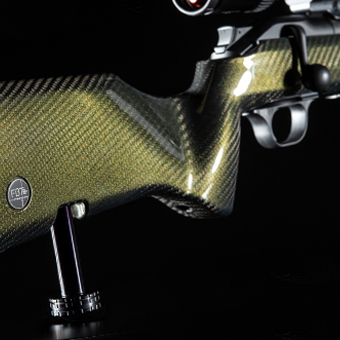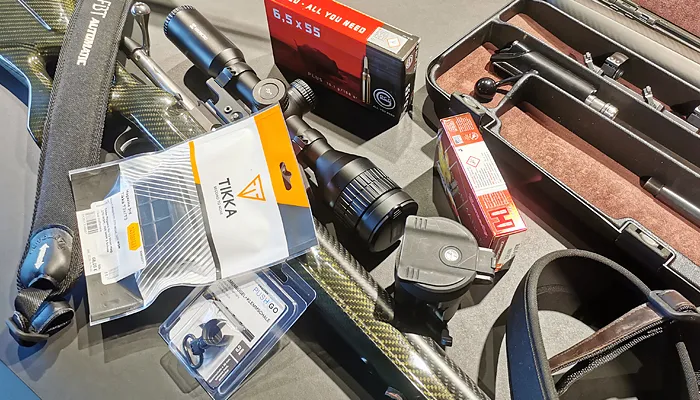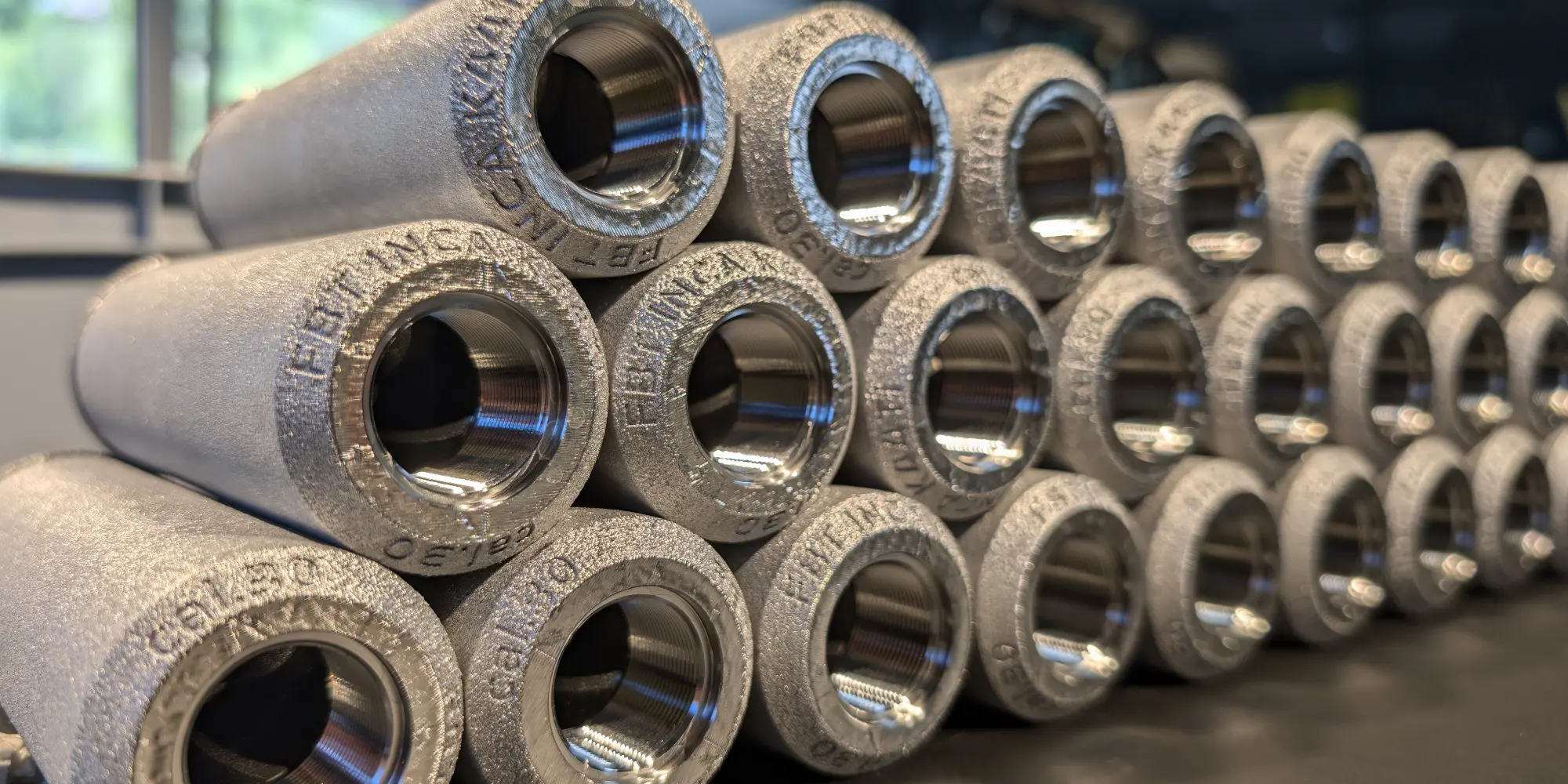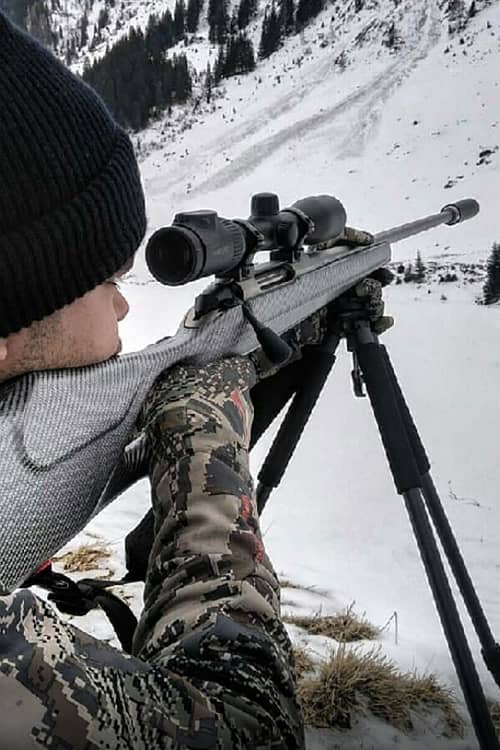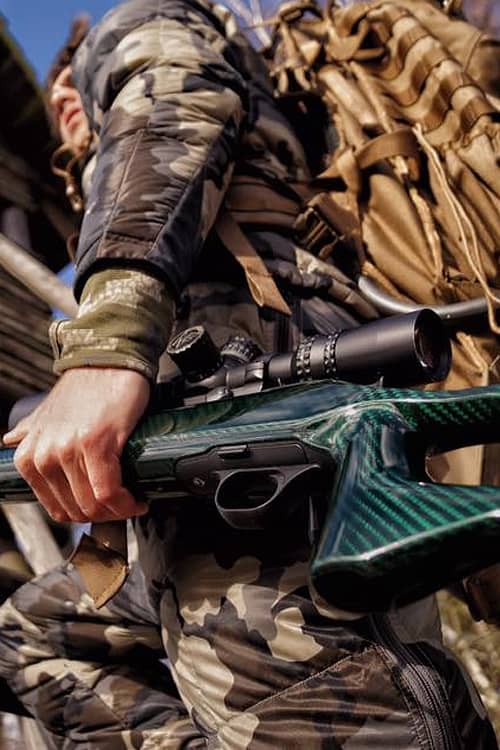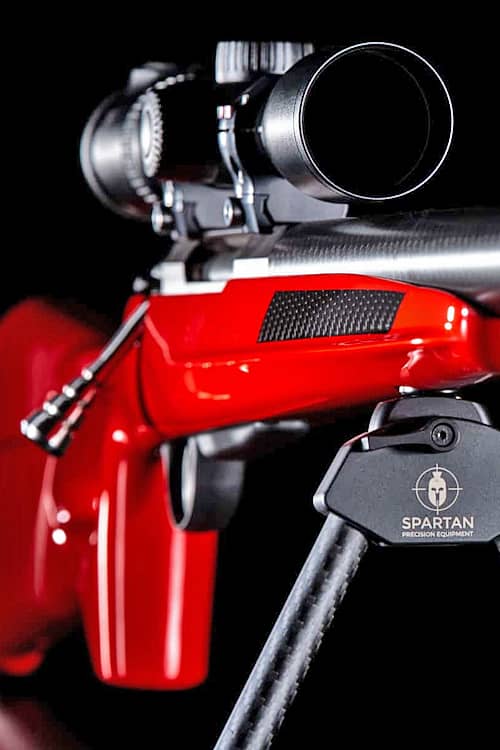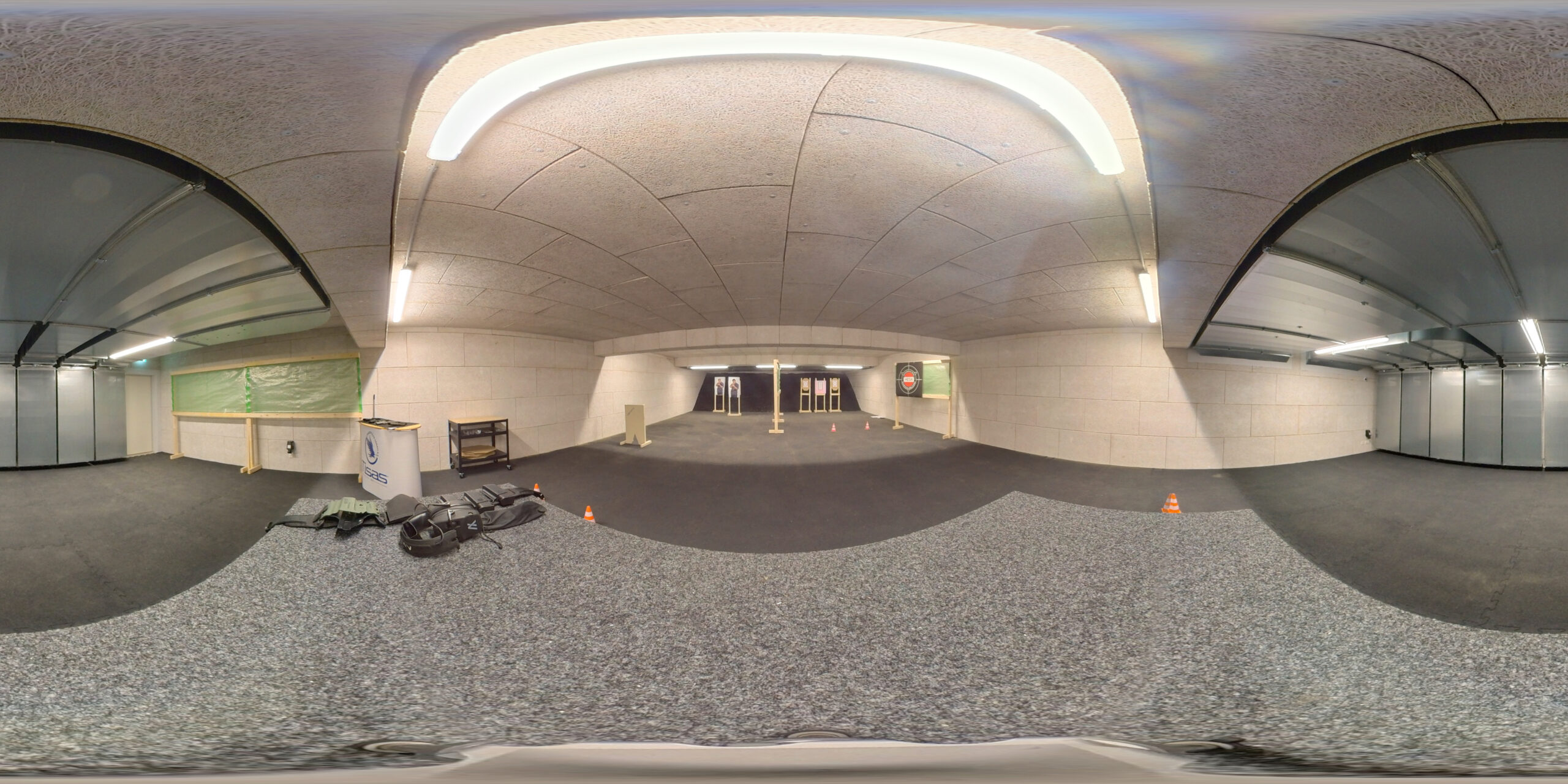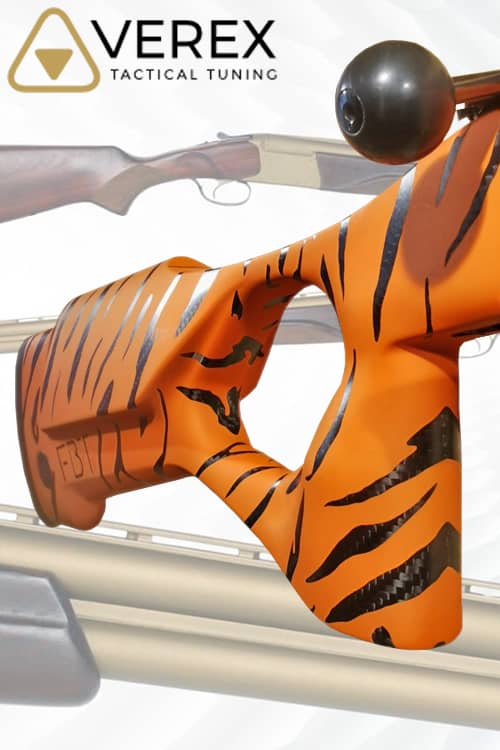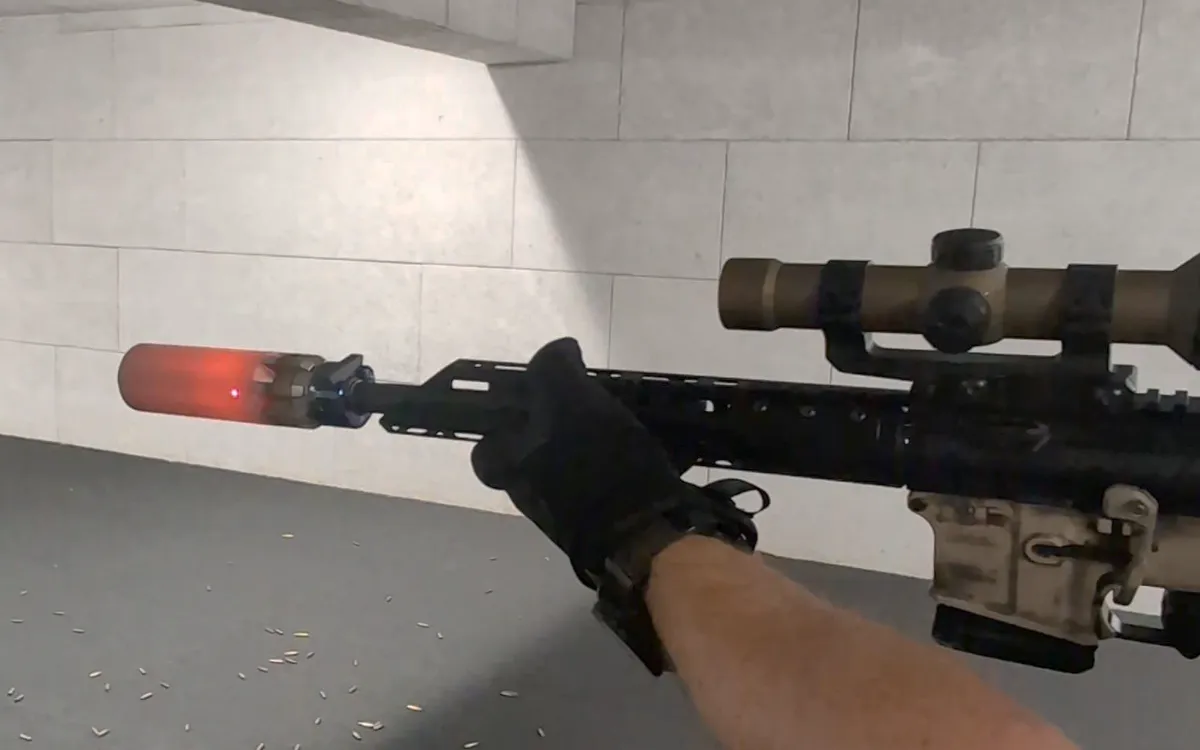Energy conversion in the weapon silencer: a physical analysis
Interesting study on the topicSuppressoror suppressors, are technically sophisticated deviceswhich are used in firearms to reduce the sound level and muzzle flash. This is achieved through the targeted conversion and distribution of energy released during firing.
From physical point of view this is the Conversion of thermal energy, kinetic energy and pressure energy into less concentrated forms of energy that are less perceptible to the human ear and less disruptive to the environment.
In this article, we analyse the physical principles of energy conversion in silencers and how they contribute to noise reduction.
Basics of energy in the shot
When firing a Firearm chemical energy of the propellant (powder charge) is converted into several forms of energy:
- Kinetic energy:
The projectiles are accelerated to high speeds by the pressurised force of the expanding gases. - Thermal energy:
The combustion of the propellant generates a considerable amount of heat. - Pressure energy:
The gases produced during combustion spread explosively and generate high pressure, which is responsible for the muzzle blast. - Sound energy:
The high pressure of the gases leaving the barrel creates a shock wave that propagates as a sound wave.
A silencer intervenes in the processes of pressure and sound energy conversion in order to dissipate it less intensively and more effectively. A good impression of what exactly Inside the silencer is shown in the following video.
Energy conversion in the weapon silencer
The silencer changes the way in which the energy released during firing is transferred to the environment. This takes place in several steps:
- Reduction of pressure energy:
As they emerge from the barrel, the hot gases at high velocity. Without a silencer, these abruptly hit the atmosphere, causing a shock wave is created. A silencer has several chambers or baffles that divert the gases and delay their expansion. The pressure energy is thus dissipated in a more controlled manner.
Physical effect:
Diverting and splitting the gases into smaller volumes reduces the speed of gas expansion and thus the sound pressure level. This process corresponds to a conversion of pressure energy into heat and movement within the chambers. - Thermal energy conversion:
The deceleration and deflection of the gases in the silencer converts some of the kinetic and pressure energy into thermal energy. This causes the gases to cool down before they leave the silencer. A cooler gas expands less and therefore produces less sound emission.
Physical effect:
The heat-conducting materials of the silencer, such as steel or aluminium, absorb the heat and thus reduce the expansion of the gases. - Sound energy absorption:
Silencers often contain Components that absorb or scatter sound waves. These include porous materials or chamber designs that break the sound waves into smaller units. Part of the sound energy is converted into heat, while the rest is attenuated by destructive interference.
Physical effect:
The sound waves travelling through the silencer lose energy through friction and scattering. This reduces the intensity of the perceived bang. - Muzzle flash reduction:
The muzzle flash caused by burning gases and unburnt powder is also reduced by giving the gases in the silencer time to cool down or continue burning. The conversion of the kinetic and thermal energy of the gases into less energetic forms minimises the visible flash of fire.
The role of materials in weapon silencers
The materials of which a silencer is made are decisive for the efficiency of the energy conversion. The following properties are important:
- Thermal conductivity:
Materials such as aluminium and stainless steel dissipate heat effectively and help to cool the gases. - Strength:
High-strength materials such as titanium can withstand high pressures and temperatures. Titanium is also extremely resistant to corrosion. - Absorption:
Porous or very rough materials or special inserts in the silencer can efficiently scatter or absorb sound waves.
Limits of energy conversion in the silencer during firing
Although silencers are an impressive technology, they are physically limited. They cannot completely eliminate the energy of a shot, only convert and disperse it. Here are some of the limitations:
- Residual sound:
Even with a silencer, some of the sound energy is retained, as not all gases can be decelerated perfectly. - Heating:
By converting pressure and kinetic energy into heat, silencers heat up considerably during intensive use, which can reduce their efficiency. - Weight and size:
The physical requirements of silencers, such as the presence of several chambers or special materials, often lead to increased weight and larger dimensions, which can affect the handling of the weapon.
Conclusion
The energy conversion in the weapon silencer is a fascinating example of applied physics. The targeted conversion of pressure and kinetic energy into heat and forces reduces the sound pressure level of a shot without impairing the basic function of the weapon.
Although silencers can significantly dampen muzzle flash and sound pressure, they are not magical devices that eliminate all noise. They are an excellent tool based on the principles of energy conversion and dispersion and represent an important innovation in weapon and shooting technology.



